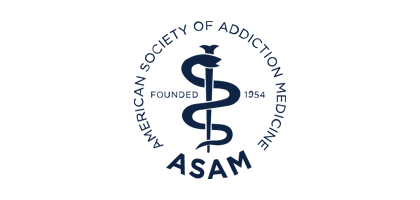Blog
Ask the PCSS Expert: Does Evidence Show Naltrexone Reduces Cravings?
A physician wrote the PCSS mentor network seeking advice on naltrexone. They asked three questions:
1) Is there evidence that naltrexone reduces cravings?
2) What is the supposed mechanism of action for naltrexone, a mu antagonist, to help patients eliminate cravings?
3) Does the patients’ motivation to succeed in treatment correlate with diminished cravings?
Answer: Empirical evidence shows that naltrexone reduces cravings which can reduce the risk of relapse. While the exact mechanism in this case is unclear some would argue that this is the case of most of the medications used in psychiatry. Even though there is not a clear “mechanism” (link between the acute pharmacological effect to a behavior change), addiction specialists still use them clinically every day and empirical evidence suggests the importance of treating opioid use disorders with medication (see ASAM’s recently released guideline).
There are a variety of theories as to why naltrexone works and which biological mechanism might be at play. Some propose that it is a behavioral mechanism, knowing that when opioid receptors are “permanently” blocked, the perceived availability of the drug and craving is decreased. This behavioral mechanism would not, however, explain why craving is lower in the active medication group versus the placebo group.
What we do know is that craving goes substantially down in people that are on naltrexone, and that this craving reduction occurs pretty much from the beginning of treatment (first 2-3 weeks) and doesn’t seem to return after that. There are certainly people who continue to have cravings, but this is a rather small proportion and usually occurs only after coming off medication. Those who maintain treatment with naltrexone have no cravings, and some believe that combining naltrexone with personal recovery work in a 12-step based program is especially effective.
• To sign up for a mentor CLICK HERE!
• Have a Question for PCSS-MAT Experts? CLICK HERE!
Providers’ Clinical Support System is a national training and mentoring project funded by the Substance and Mental Health Services Administration led by American Academy of Addiction Psychiatry in partnership with: American Osteopathic Academy of Addiction Medicine, American Psychiatric Association and ASAM. ASAM Magazine is republishing selected questions received by the PCSS mentors. Please note the Mentoring Program and Listserv discussion group and ASAM Magazine are NOT intended to provide clinical consults for specific patient questions and is offered only as a resource for education and overall guidance.
Funding for this initiative was made possible (in part) by Providers’ Clinical Support System for Medication Assisted Treatment (1U79TI024697) from SAMHSA. The views expressed in written conference materials or publications and by speakers and moderators do not necessarily reflect the official policies of the Department of Health and Human Services; nor does mention of trade names, commercial practices, or organizations imply endorsement by the U.S. Government.

